Pronouns are words that we can use instead of a noun.
If we kept repeating the same noun over and over, our sentences would be repetitive and we'd lose the reader's interest. By alternating between pronouns and nouns we can add a little more interest to our writing.
Personal pronouns are pronouns we use to refer to people and things.
These are the personal pronouns we can use:
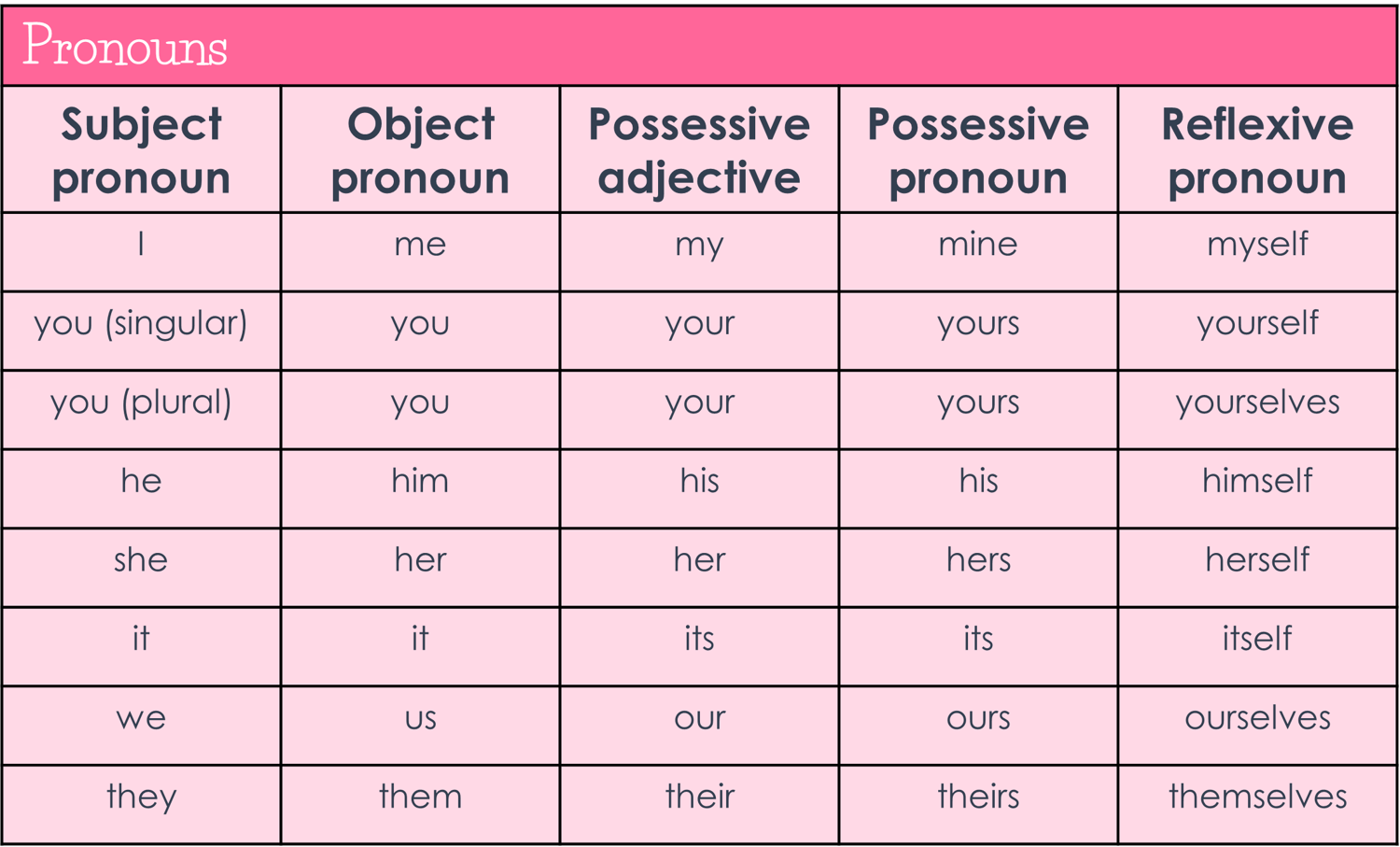
Subject Pronouns
A subject pronoun takes the place of a person or thing in the subject position of a sentence, which is before the main verb.
Subject pronouns are: I, you (1 person), you (2 or more people), he, she, it, we, and they.
E.g., Jack climbed the tree to rescue the cat, and when he reached the top, the cat licked his face gratefully.
Instead of repeating Jack we can use the subject pronoun "he" because Jack is the subject of the clause "when he reached the top".
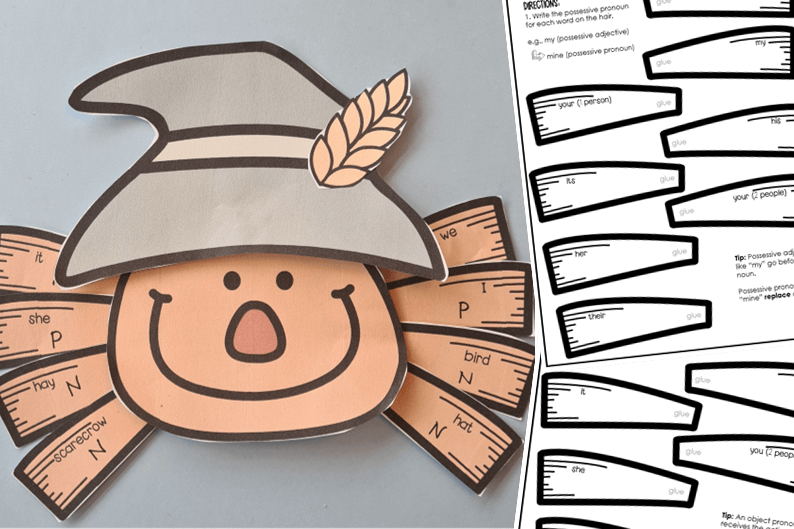
Your children will love making this scarecrow to practice pronouns.
Object Pronouns
An object pronoun receives the action of the verb in the sentence. It usually comes after the main verb.
Object pronouns are: me, you (1 person), you (2 or more people), him, her, it, us, and them.
E.g., "Give the book to her," said the teacher. The girl (her) is receiving the giving of the book.
It can often be helpful to say a sentence like "Give the book to _____" to know which type of pronoun to use.
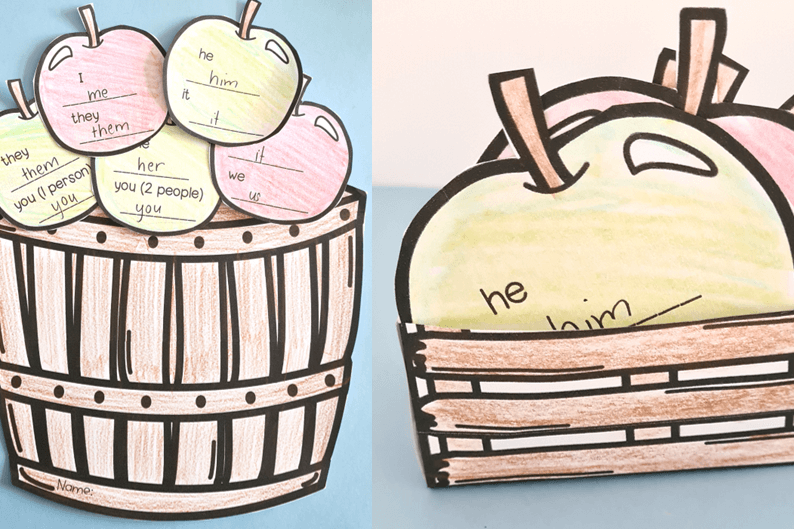
Here's a hands-on apple basket to practice pronouns.
Possessive Adjectives
Possessive adjectives need to go before a noun, rather than replace a noun. They tell us that something belongs to us.
Possessive adjectives are: my, your (1 person), your (2 people), his, her, its, our, and their.
E.g., That is my pencil.
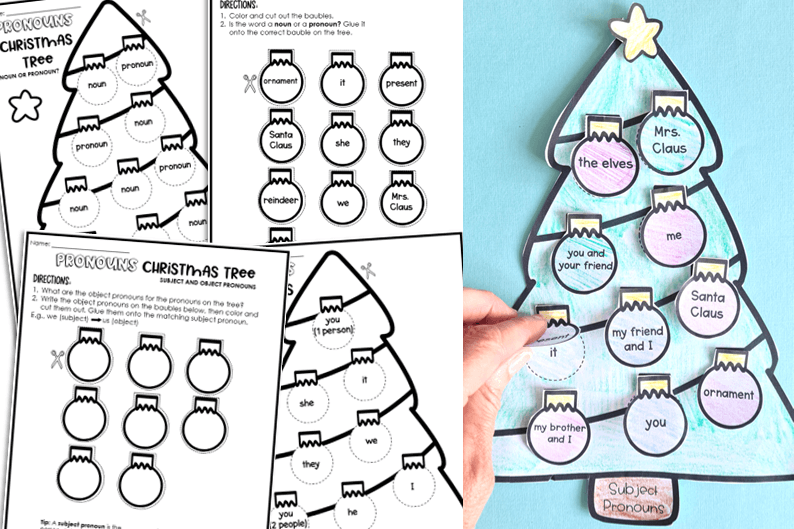
This Christmas tree is an engaging way to practice pronouns.
Possessive Pronouns
We use possessive pronouns to say that something belongs to a person or thing. It replaces a noun.
Possessive pronouns are: mine, yours (1 person), yours (2 people), his, hers, its, ours, and theirs.
E.g., "Whose is that jacket?" asked the teacher.
"It's mine," answered the child.
It can be helpful to remember possessive pronouns by asking the question "Whose is that?". To answer, without using a noun, we have to use a possessive pronoun.
Teaching pronouns in winter? Check out this snowman to practice pronouns.
Reflexive Pronouns
Reflexive pronouns are the direct object of a sentence with the same noun or subject pronoun.
Reflexive pronouns end in -self or -selves and include: myself, yourself (1 person), yourselves, himself, herself, itself, ourselves, and themselves.
E.g., Maia taught herself to write Japanese.
If the subject and direct object are different, then we use an object pronoun.
E.g., Maia taught me to write Japanese.
Practice pronouns with this cute penguin craft.
Fun Ways to Teach Pronouns
1. Writing several sentences on the board using the same noun can illustrate to students how repetitive it sounds if we don't use pronouns. We can then ask students for pronouns to replace some of the nouns.
These sentences can also illustrate how the pronoun needs to match the gender and number, and needs to be used in a way that avoids confusion, if there are more than two objects in the sentence.
2. Have the students in a circle or small groups and give one student an object to pass to the next. As they pass it, they can say "He/she gave me this. Can you give this to him/her?" and indicate another student.
3. Tic Tac Toe is a great game for this. Draw a tic-tac-toe grid on the board and write subject pronouns in each box. Divide the class into two teams. Have each team say the pronoun you're working on in order to get an "X" or "O". Students can then work in pairs and draw their own grids on paper.
4. Crafts are a fun way to keep students engaged, so check out one of the craft resources above which have options for subject and object pronouns, possessive adjectives and pronouns, and reflexive pronouns.



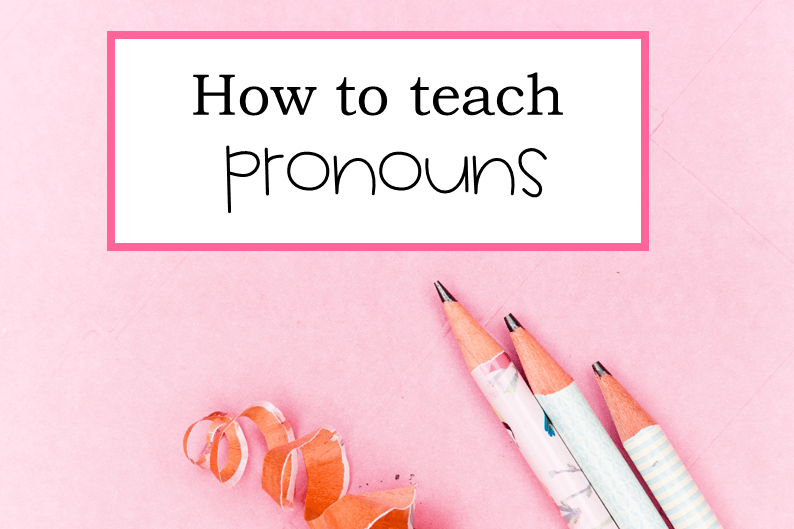
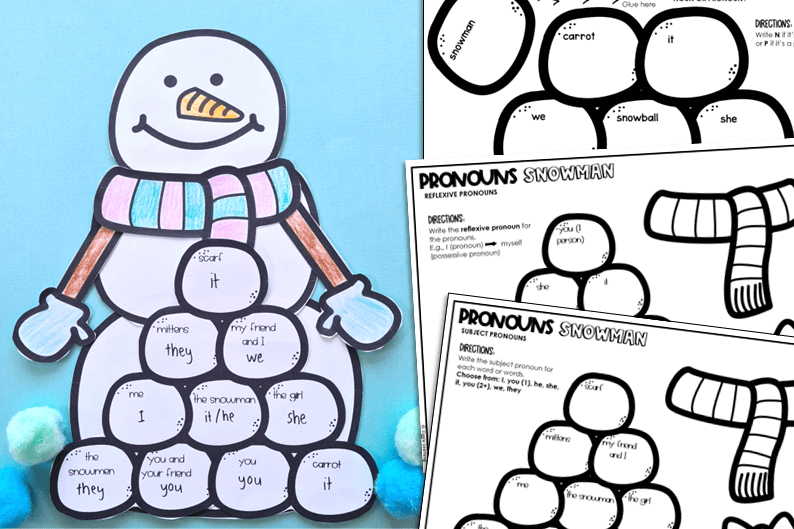
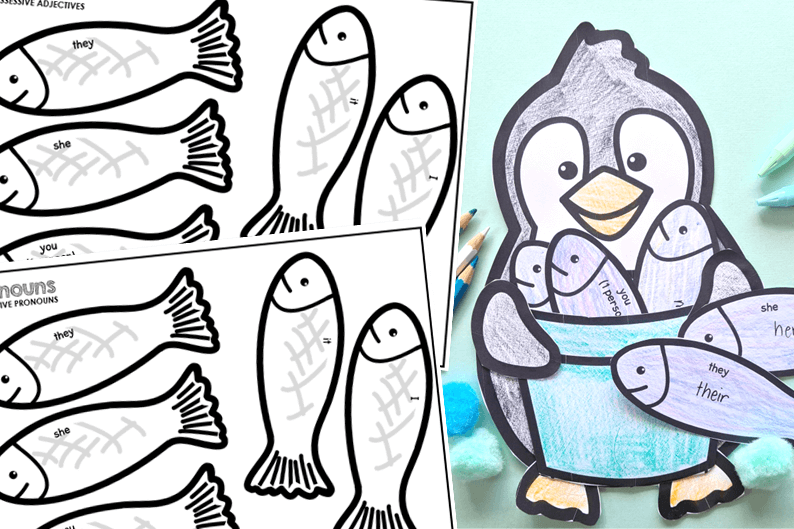
Comments ()